Equipment
Titleist T-Series irons: Ultimate tour performance
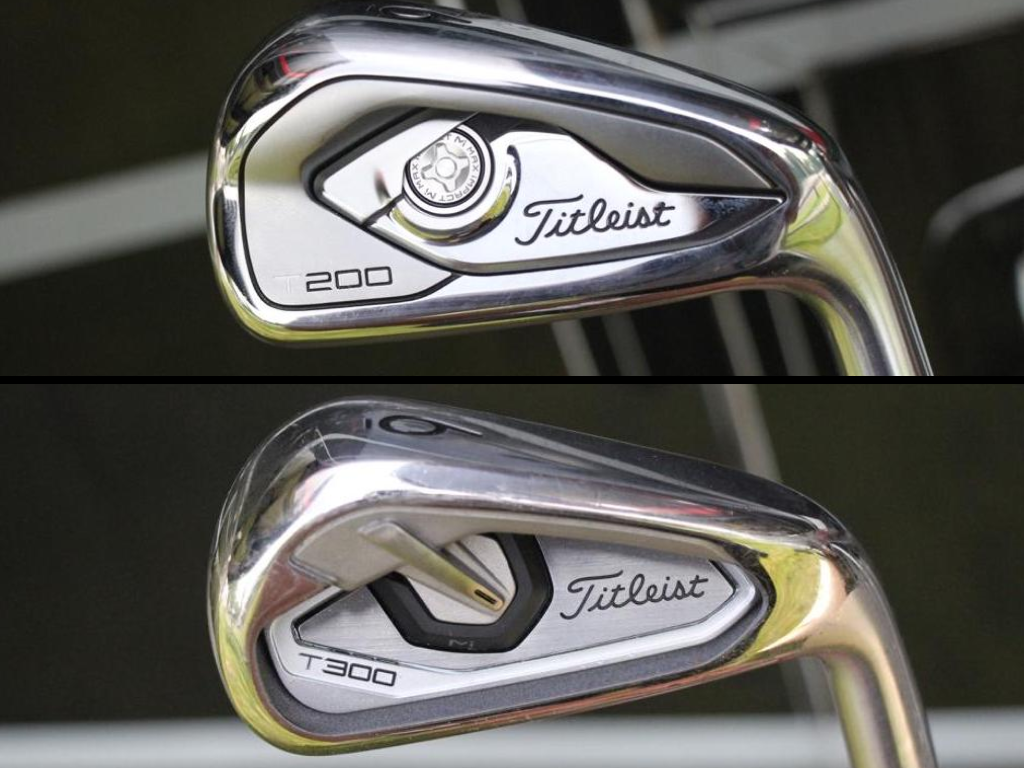
New technology, new name: The Titleist T-Series irons.
The concept behind the T-Series started with one goal: To produce the best performing, most technology packed, playable irons, ever produced by Titleist…simply put: mission accomplished! With the launch of the new T100, T200, and T300s, Titleist is ushering in a new era of forgiveness, speed, and control with Max Impact.
What does that mean? Before diving into Max Impact, let’s start with the control part. With the launch of the new T-Series, Titleist is reminding golfers that fitting is the key to maximizing your set. From wedges to woods, each club should serve a distinct purpose and earn its spot in your bag—never carry a club because you “think” you need it, carry the clubs you know you will use.
Titleist calls this is the 3D Fitting Process
- Distance
- Dispersion
- Descent
Focusing on these factors ensures each iron in your bag is creating the proper parameters to improve scoring. Statistics prove that the closer you hit it to your target (descent and dispersion) the likelihood of getting the next shot closer (or in the hole) goes way up—it’s the strokes gained principle pioneered by Mark Broadie. Each iron in the T-Series has been designed to blend with the other models including the 620 series blades and CBs to make sure regardless of your final set make up it transitions on both looks and performance. With the new T-Series, the larger the number model 100, 200, 300, the faster the ball speeds and the higher the launch. Add the all-new Max Impact Technology, and you have three distinct iron sets designed to help any player find the performance they are looking for.
Titleist T100 irons
Built from the ground up with direct input from Titleist’s PGA Tour staff, the mission statement from the design team for the new T100 was to simply create the best performing tour iron ever—NOT “the best AP2.” With a shape that is distinctly Titleist but completely redefined as far as offset, top line, sole width, camber, and blade length, the T100 gives players looking for a tour performance iron more playability than ever before.
Co-forged with large amounts of tungsten (66g on average in the 3-7 irons) in the heel and toe, the T100 looks a lot more like a single-piece forged players cavity back than multi-piece forgiveness monster, but looks can be deceiving. It has the thinnest face they have ever built into a true forged players club, which allows designers to push more mass around the head and create greater ball speed, which is a never a bad thing especially when you consider that it still has a fully supported face.
Just like with club technology, turf conditions are always evolving with new grass types and mower techniques. This means where the club contacts the ground has to evolve too, which is exactly what has happened to the whole T-Series including the T100. Sole width and profiles have been reduced to offer more camber and radius, which through the testing process has lead players to say the same thing over and over: “they feel faster through the turf.” That’s from Marni Ines, Director, Titleist Irons Development. It’s not that they actually go through that much faster but they react through the ground much more efficiently, which means as course conditions vary, whether through the season or thanks to traveling, you are going to great results shot after shot.

(Club fitter thought break for a moment)
I can’t reiterate this enough: In the world of designing golf clubs, the rules set forth by the governing bodies along with mass totals for club heads will always create a unique challenge for engineers. Every single gram saved is valuable in creating higher MOI, better COG placement, and optimizing ball speed. Tweaks that might appear to be small can actually make a big difference for some players, for example; a simple change in sole shape. What we are seeing is the practice of marginal gains, which can be summed up by this practical application: rather than attempt to improve one thing by 10 percent, improve 10 things by 1 percent to equal better results. Now take it further and imagine if you improve 10 measurable factors by 1.5 percent, these are tangible numbers for increased performance.
So why do I bring this up? It’s because this is how engineers work to help you play better golf. All these small changes compounded together make for big improvements to your golf game. It’s about using every technology available in both production and design to create improvement. If you can change three parameters to get angle of decent two percent higher from 43 degrees to 45 degrees that’s greater stopping power to help you get closer to flags, equaling the potential to score better. Something we all want to do.
Speaking to technology jumps, this bring us to…
MAX Impact
Max Impact is a combination of technologies that pairs the thinnest faces Titleist has ever produced with structural support and polymer core behind the geometric center of the face to increase speed, launch, and improve feel.
So about the supporting polymer: It’s not some run of the mill, “Hey that sound like a good idea,” piece of just anything. If there is one thing Titleist knows beyond how to make the number one irons on tour, it’s polymers. With help from the golf ball R&D Team, the Titleist Iron engineers went through a multitude of options before settling on the what was the final variation based on density, rebound properties and finally acoustic enhancement. As they explained,
“Think of the unsupported face like a trampoline, pulled tight with a huge potential for rebound. Now take that trampoline and put an exercise ball underneath it right in the middle. You’re going to bounce higher and increase the rebound not only in the middle but also when you don’t catch the middle of the trampoline – That’s the application of the Max Impact.”
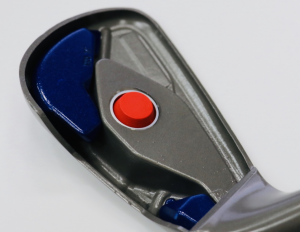
So what do we do about all of this speed? The one thing players often talk about is the inconsistency in distance they see from irons with unsupported faces (“hotspots”) that occur on shots hit around the face. During my discussion with the engineering team, I asked if these “hotspots” still really exist on modern irons and to my surprise I was told in one way or the other “YES…BUT.” These shots that go further don’t actually come from the face being hotter in one area, they come from gear effect from shots usually hit high on the face above the center of percussion…
Center of percussion? Let’s explain that before going any further (Thanks Harvard Natural Sciences Lecture) “The center of percussion (COP) is the place on a bat, racket, or golf club where it may be struck without causing reaction at the point of support. When a ball is hit at this spot, the contact feels good and the ball seems to spring away with its greatest speed and therefore this is often referred to as the sweet spot.”
Just like with a driver, shots hit above that area will launch higher with less spin—that creates parameters for shots to go further. But if you can prevent that from happening or shrink that area, the likelihood of those shots occurring goes WAY down and you get a much more consistent ball flight. That’s part of the genius of Max Impact, not only does it help create greater speed but creates more consistent speed and launch conditions all over the face. Everything you want in an iron built for speed in a players package.
Titleist T200 irons
The first thing you’ll notice that makes the T200 unique from any Titleist iron before it is Max Impact Technology. I realize this sounds very different from any Titleist iron before it and…well…that’s because it is.
Thanks to new materials and manufacturing techniques, along with lessons learned through the introduction of the Concept Series and Speed Project, the T200 has an unsupported (by metal) Forged L-Face that not only feels great but flexes for more ball speed. Thanks to the weight savings of the thinner Forged L-face, more tungsten (average of 90g from the 4-7-irons) can be placed low and on the perimeter of the club to increase forgiveness and overall total stability where players need it.
That’s part of the reason stronger lofts are required—these things really do LAUNCH. Max Impact isn’t found in every T200 though, it has been placed in the 4- 7 irons because Titleist player testing and data crunching proved time after time that as players get away from their scoring clubs distance gapping and dispersion becomes an issue. This is where the 3D fitting process makes sure every club in the set has a purpose and hits a proper flight and distance.

Titleist T300 irons
If you just look at the spec for the T300, I already know what you’re going to say “WOW, these lofts are jacked, no wonder they go so far.” That’s not the full story, and at this point in golf technology, I’m completely over hearing that as an excuse for players to NOT trying a club. This comes from the perspective of a fitter rather than a player—not the other way around.
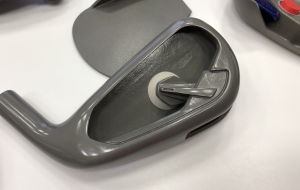
The T300 is the hottest and most forgiving Titleist iron ever made. Just like its smaller brother, the T200, it uses the same Max Impact Technology to both add rebound and improve overall feel. The unsupported face is stretched across a larger area thanks to the bigger face size, wider sole, and undercut perimeter to push the COG low and away from the face—if the T200 launches, then the T300 REALLY Launches! This deep COG and thin fast face is what makes this club launch so high, it’s also the reason stronger lofts are necessary. If it wasn’t for strong lofts, then with the speed and spin they would create at “standard” lofts, ball flight would end up uncontrollable. Basically the exact opposite of what you want in an iron.
Part of how they were able to make the T300 the most forgiving Titleist iron ever is by actually eliminating a part of the club that was beneficial in previous models (like the AP1)—hollow-body construction. Even with a hollow-body design, there is unnecessary weight placed high along the back of the club.
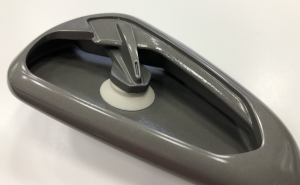
Generally for many designs this is fine because the wall thickness is minimal, and thanks to smarter people than me, this allows for more flexing of the body of the club to enhance ball speeds. But if given the option between the two, a fully undercut iron would have a higher MOI and help create that same trampoline when engineered properly and free up more discretionary mass. For the T300, Max Impact is found in the 4-7 irons to again help with launch and speed and create proper set gapping.

Stock Shafts & Availability
Titleist has one of the largest available shaft matrices available through custom order, but the stock shafts for each model are as follows.
Steel
T100 – True Temper AMT Tour White AMT White
T200- True Temper AMT Black AMT Black
T300- True Temper AMT Red AMT Red
Graphite
This is a new one for Titleist. Just like with the original True Temper AMT, they will be the first to offer the Mitsubishi MCA Tensei AM2 (stands for ascending mass) shafts that will come in versions White, Blue, & Red.
T100 – Mitsubishi MCA Tensei White AM2 | Low launch, low spin | 94-108g (2g per club)
T200- Mitsubishi MCA Tensei Blue AM2 | Mid launch, mid spin | 74-88g (2g per club)
T300- Mitsubishi MCA Tensei Red AM2 | High launch, mid-high spin | 54-68g (2g per club)
T-SERIES AVAILABILITY: New Titleist T-Series irons will be available in golf shops worldwide beginning Aug. 30, with fittings beginning Aug. 8. With Pricing of the T100 and 200 set at $175 per club with steel ($1,399/set of 8) and $187.50 per club ($1,499 /set of 8) graphite
T300 will be $125 per club ($999/set of 8) Steel & $137.50 per club ($1,099/set of 8) graphite
- More photos of Titleist T100 irons in the forums.
- More photos of Titleist T200 irons in the forums.
- More photos of Titleist T300 irons in the forums.
- More photos (including cutaways) in the forums.
- LIKE141
- LEGIT12
- WOW7
- LOL9
- IDHT3
- FLOP7
- OB6
- SHANK63
Equipment
A shocking Backstryke putter appearance + 7 interesting gear photos from the Zurich Classic
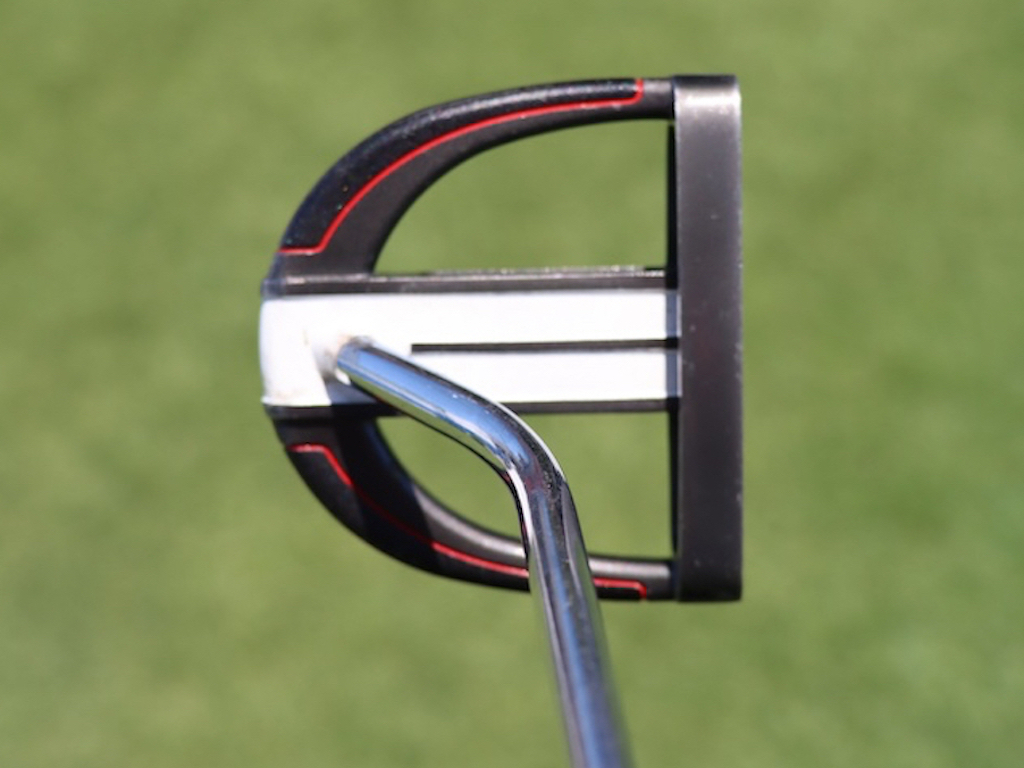
Welcome to New Orleans, where TPC Louisiana plays host to the 2024 Zurich Classic. In between breakfast beignets and nightly Creole feasts, PGA Tour players are also competing in the unique two-man format at the Zurich this week.
Although the vibes in Nawlins are a bit lighter-fare than the recent back-to-back competitions the Masters and the RBC Heritage signature event), the gear news was no less serious this week.
We spotted some recent changes from Rory McIlroy, a very rare Odyssey Backstryke putter, dove into the bag of legendary New Orleans Saints quarterback Drew Brees, and spotted Patrick Cantlay continuing to test new equipment.
Get your beads out and crack your crawfish, because it’s time for an equipment rundown from The Big Easy (meaning New Orleans, of course, not Ernie Els).
See all of our photos from the Zurich Classic here
Rory’s on-and-off lob wedge
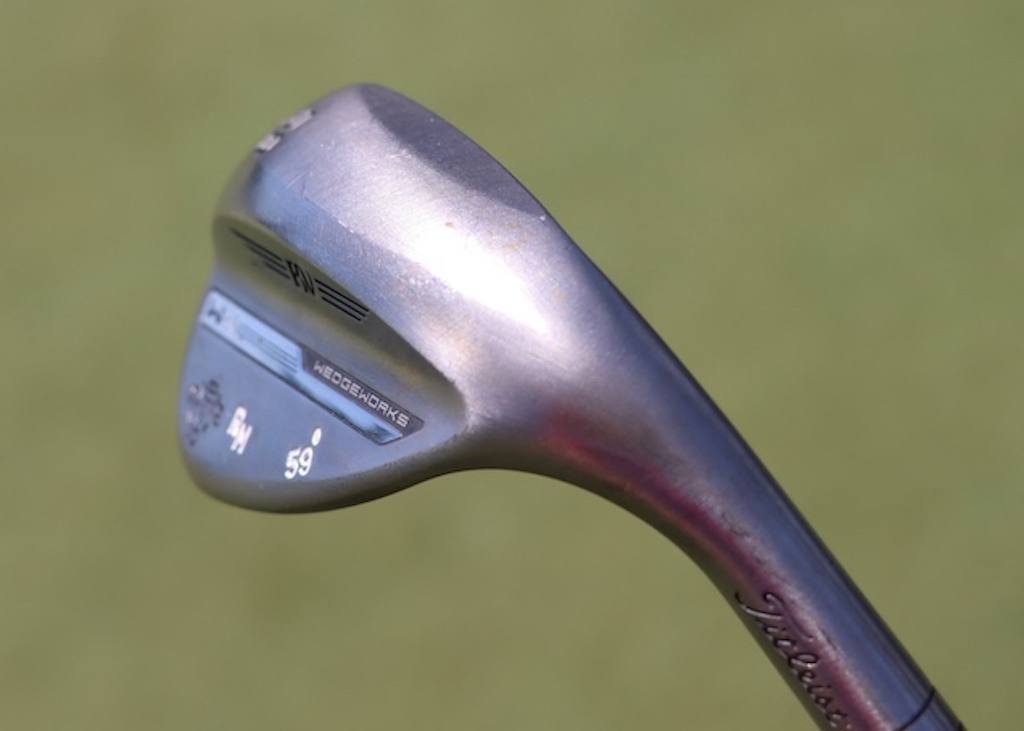
Since the end of 2023, Rory McIlroy has had an on-again, off-again relationship with a Titleist Vokey K-Grind lob wedge. In his last start, it was on, and the wedge is back in the bag again this week. We got a great look at the complicated grind that McIlroy uses.
View this post on Instagram
A full look into McIlroy’s bag above also shows that he switched out of the TaylorMade BRNR Mini Copper that he used at the RBC Heritage, and he’s back into the Qi10 core 3-wood. As we discussed last week, McIlroy will likely keep the BRNR around as a course-specific club, trading it in and out for the 3-wood.
See Rory McIlroy’s full 2024 WITB from the Zurich here
Turning Back the clock
Unless Tommy Gainey is in the field, it’s unlikely you’ll ever see Odyssey’s Backstryke technology make an appearance on the PGA Tour.
But then, when you least expect it, Russ Cochran shows up.
For more than a decade – since the 2013 Sony Open in Hawai’i – Cochran has been stuck on 599 PGA Tour starts. This week will be his 600th.
Cochran is in the field at the Zurich this week playing alongside Eric Cole, whose regular caddie is Reed Cochran, Russ’s son.
The Backstryke putter was first released back in 2010, and its unique design helps shift the axis point of the putter closer to the CG of the head. And, the putter is getting a nod this week at the Zurich Classic, thanks to Cochran’s 600th career PGA Tour start.
The putter is certainly awesome, but don’t forget to check out Cochran’s full WITB from this week.
Drew Brees with a Super Bowl winning Scotty Cameron putter
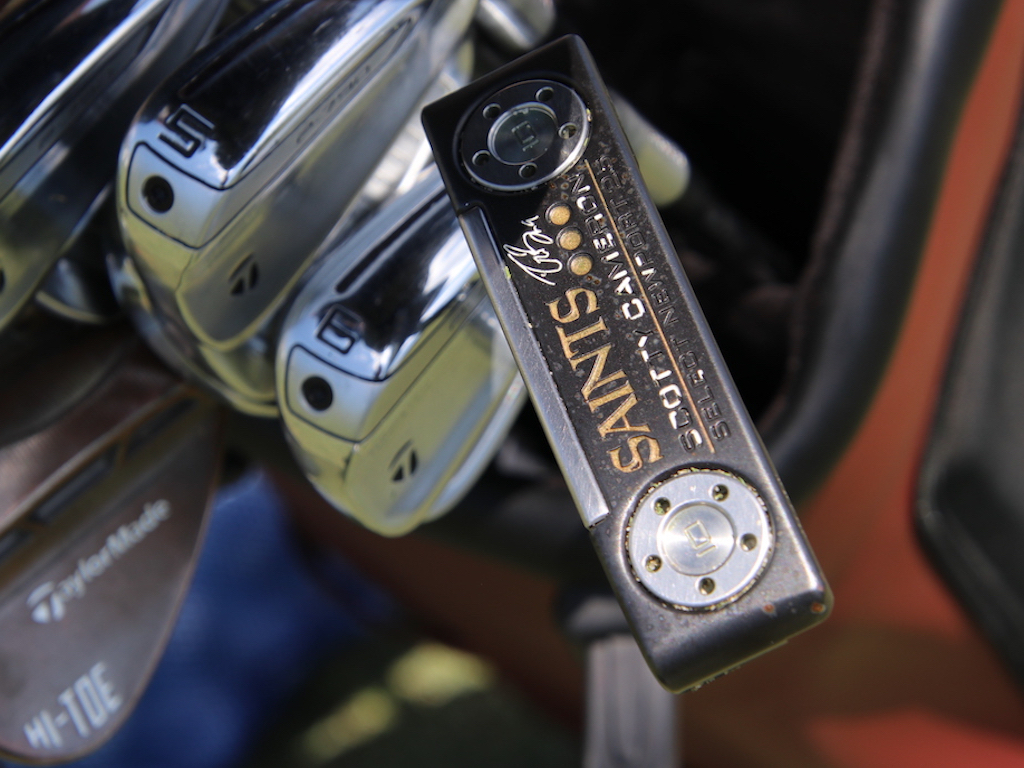
Drew Brees, a legendary retired quarterback for the hometown New Orleans Saints, made an appearance at the Zurich’s Wednesday Pro-Am, playing alongside Zach Johnson, Ryan Palmer, and current Saints QB Derek Carr.
Brees’ bag included a TaylorMade Stealth2 Plus driver, a BRNR Mini 13.5-degree, a Stealth 5-wood, a mixed set of P-790 and P-760 irons, Milled Grind Hi-Toe wedges, and a custom Scotty Cameron “New Orleans Saints” putter, which Scotty made for Brees following his Super Bowl MVP-winning performance in 2010.
View this post on Instagram
It should also be noted that Brees has his Venmo QR code as a bag tag.
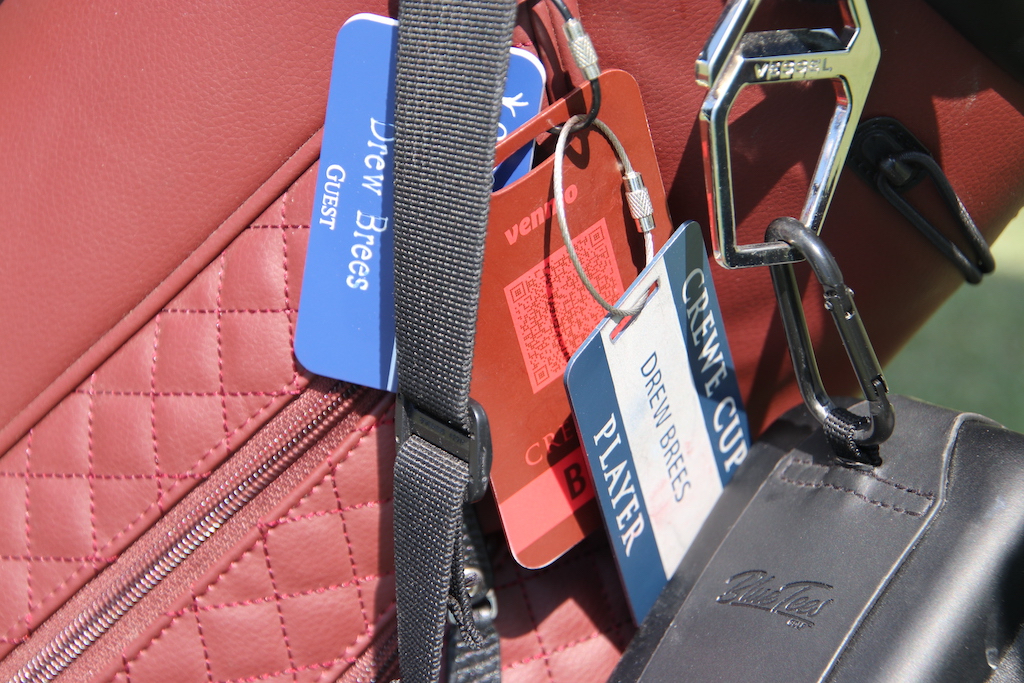
If you’re gambling with Brees on the course, just know that not having cash won’t work as an excuse.
Brilliant.
See Drew Brees’ full WITB from the Zurich here
Stricker’s unrecognizable putter
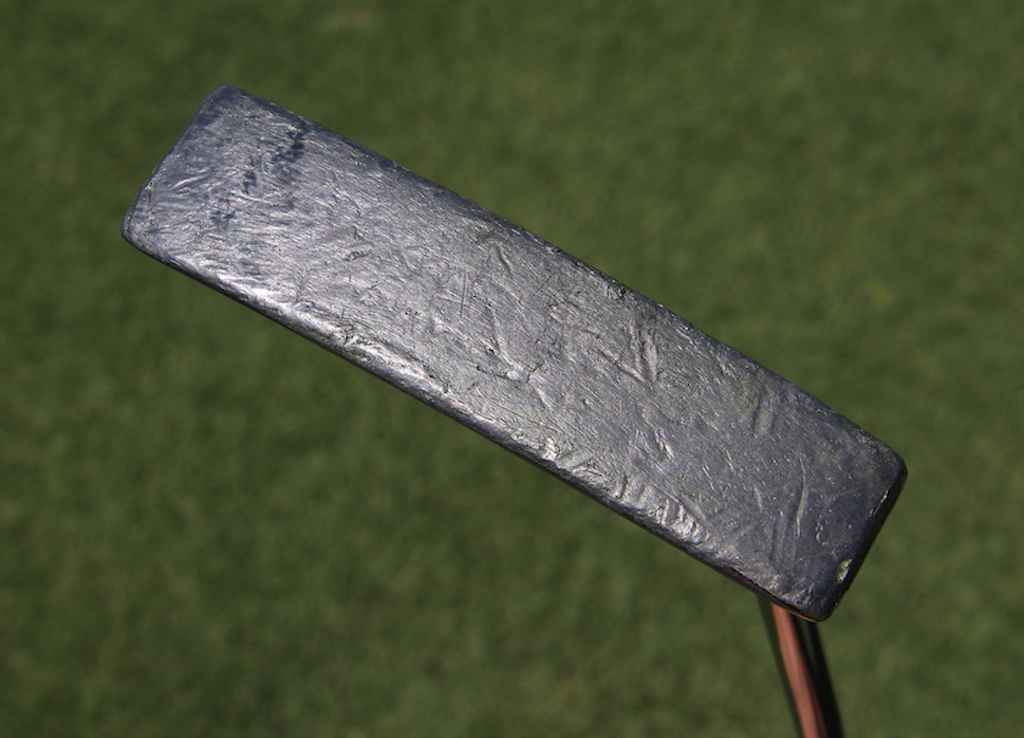
Steve Stricker has made numerous upgrades to his bag recently, including a new TSR3 driver and T100 irons, but his longtime Odyssey White Hot No. 2 putter is still going strong. It’s the most recognizable unrecognizable putter ever.
Here’s a better look at Stricker’s flatstick, which he started using back in 2007.
View this post on Instagram
Patrick Cantlay has opened the equipment-switching floodgates
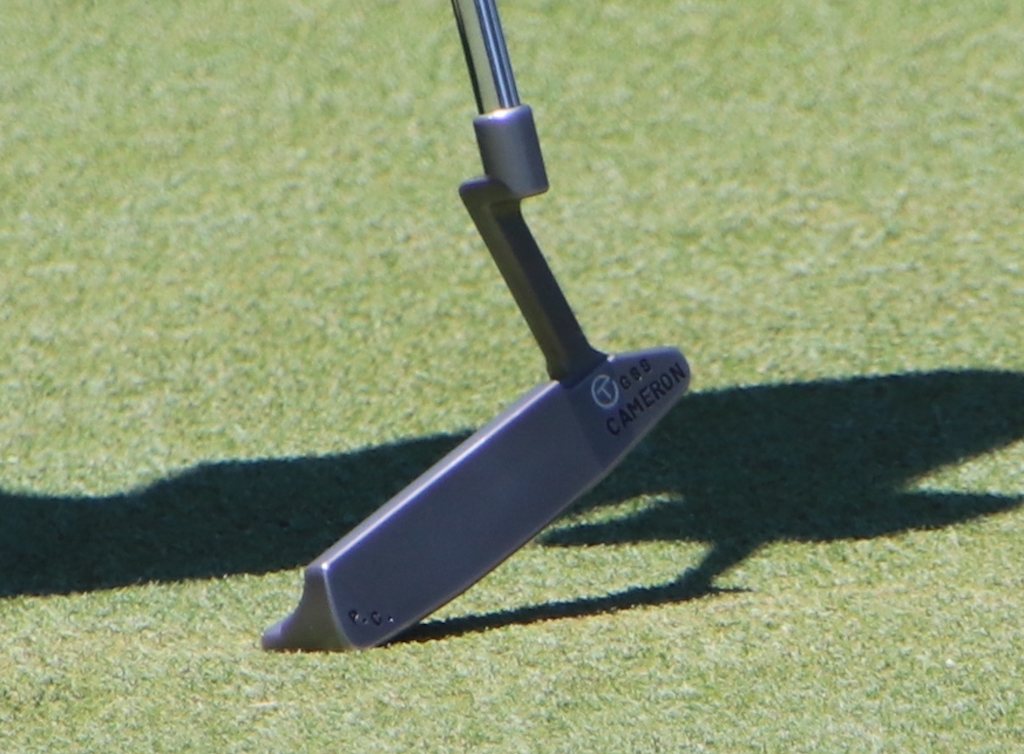
Over on the PGA Tour’s Equipment Report this week, we covered Cantlay’s recent switch into Ping Blueprint S irons, and a Titleist TSR2 driver.
Cantlay hadn’t switched irons for about seven years, so the iron switch he made at The 2024 Masters came as a shock to the norm. He simply isn’t one to change gear very often, so anytime Cantlay makes a switch, it’s news.
It seems the floodgates of equipment testing have opened up a bit for Cantlay, who was also spotted testing a custom Scotty Cameron blade putter on Tuesday this week. By Wednesday, Cantlay was back practicing with his familiar Scotty Cameron T5 Proto mallet, but it’s certainly something to keep an eye on going forward.
Daniel Berger’s custom Jailbird site lines
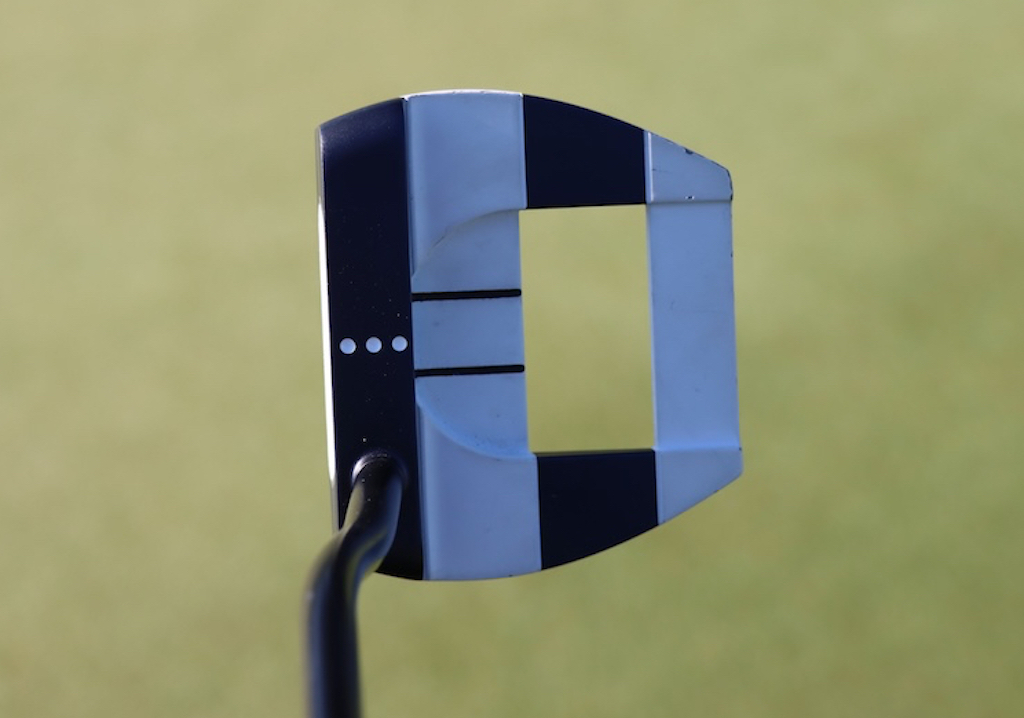
Berger, who’s currently using Odyssey’s Ai-One Mini Jailbird mallet putter, has a unique 3-dot, 2-line alignment on the crown of his navy-white-navy-white mallet putter. Looking down at the putter, it’s easy to see why this alignment system would help; it just seems impossible to set up to the ball off-center, or misaligned to the target.
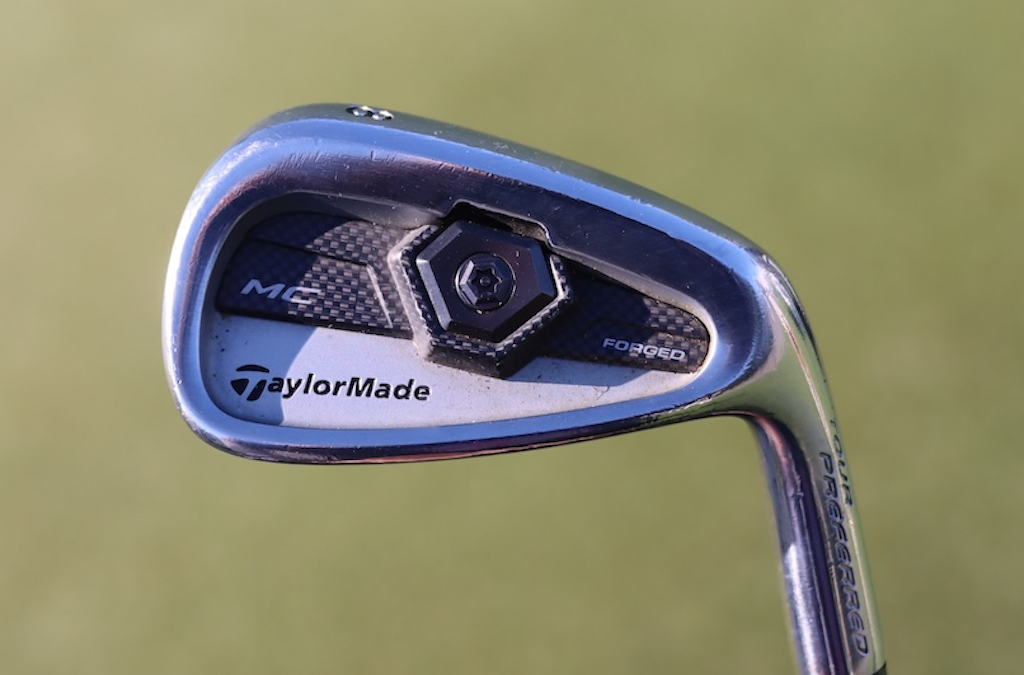
Also, for anyone worried, you can rest easy. Yes, he’s still playing the 2013 TaylorMade TP MC irons, which we highlighted in our recent “Modern Classics: Old vs. New” video testing series.
FitzMagic teams back up
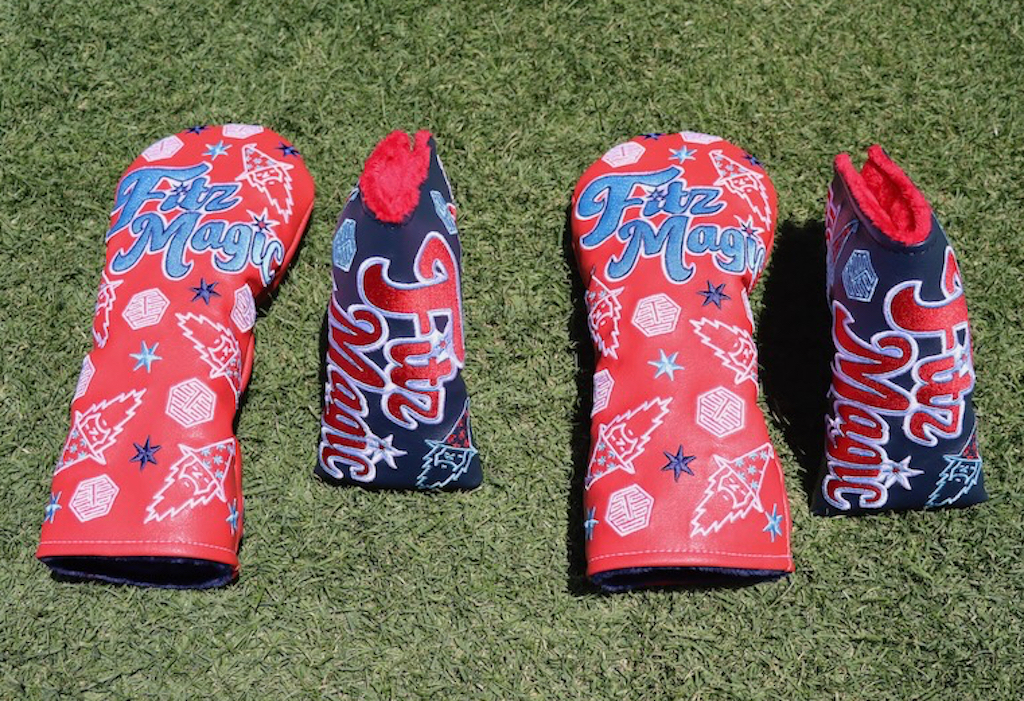
Brothers Matthew and Alex Fitzpatrick are teaming up once again at the Zurich this year, and Bettinardi Golf hooked them up with some festive “FitzMagic” headcovers to match this week.
See what else is in Alex Fitzpatrick’s WITB here
And, with that, we say goodbye to the Zurich Classic in New Orleans. Don’t forget to check out all of our photos from this week, including 30 unique photo galleries full of equipment photos.
We’ll see you next week in Texas for the 2024 CJ Cup Byron Nelson!
- LIKE0
- LEGIT0
- WOW0
- LOL0
- IDHT0
- FLOP0
- OB0
- SHANK0
Whats in the Bag
Alejandro Tosti WITB 2024 (April)
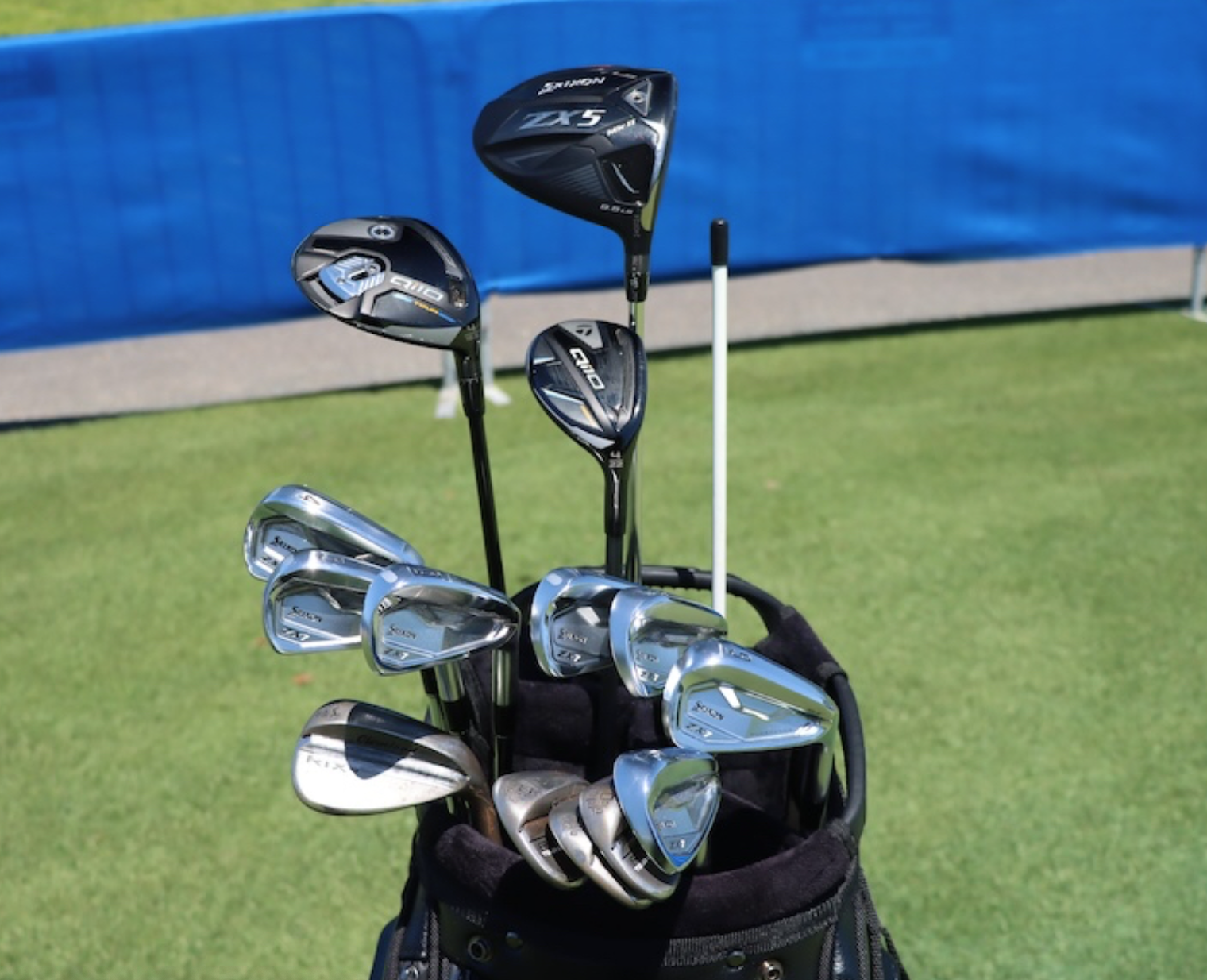
- Alejandro Tosti what’s in the bag accurate as of the Zurich Classic.
Driver: Srixon ZX5 Mk II LS (9.5 degrees @10.5)
Shaft: Project X HZRDUS T1100 75 6.5
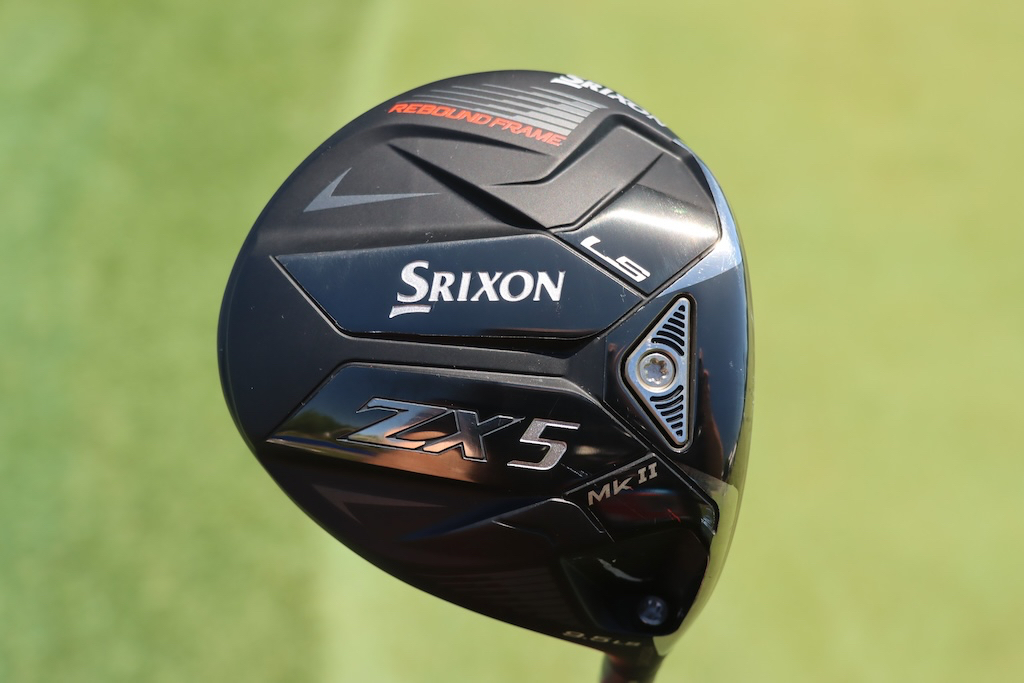
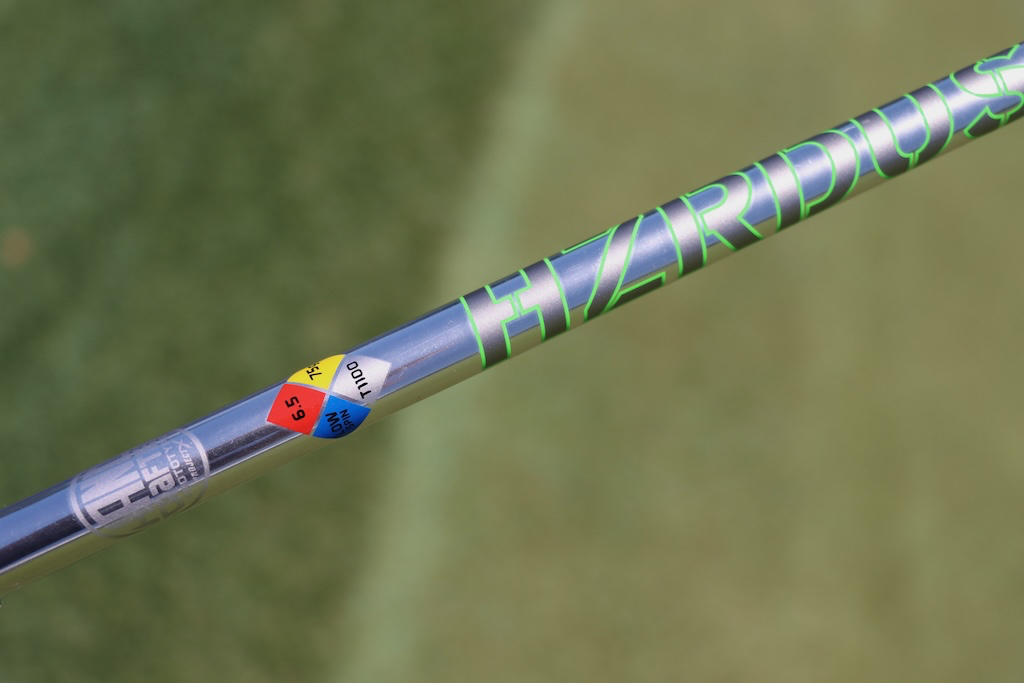
3-wood: TaylorMade Qi10 Tour
Shaft: Project X HZRDUS Black 80 TX
Hybrid: TaylorMade Qi10 Tour Rescue (22 degrees)
Shaft: Project X HZRDUS Smoke Black RDX 6.5 100
Irons: Srixon ZX7 Mk II (4-PW)
Shafts: True Temper Dynamic Gold Mid Tour Issue X100
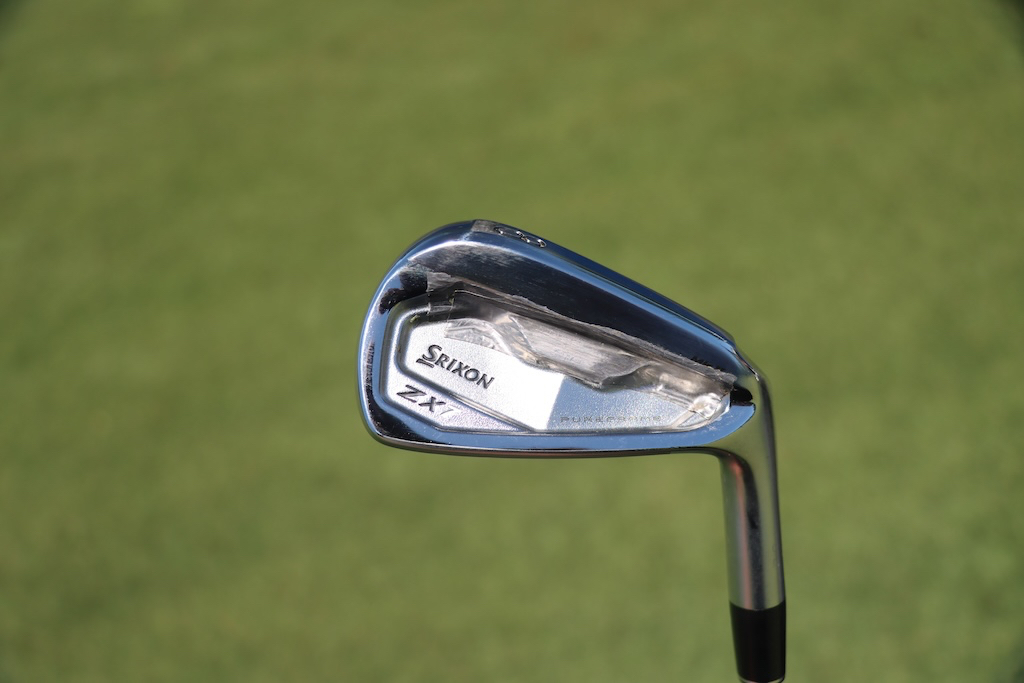
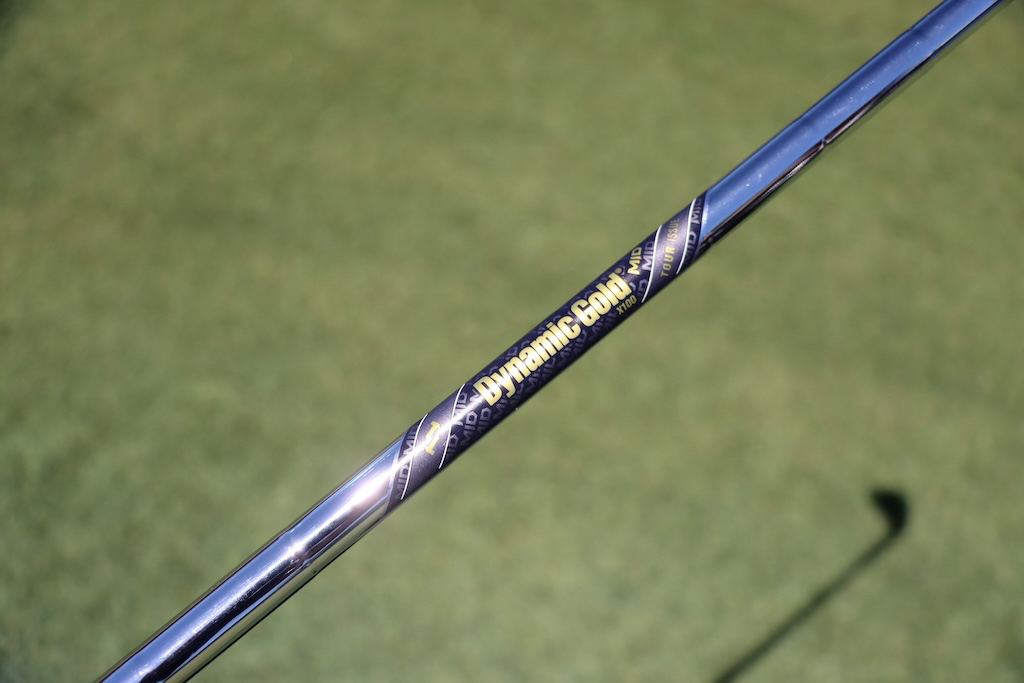
Wedges: Cleveland RTX6 ZipCore Tour Rack (50-10 MID, 54-10 MID, 58-10 MID, 60-06 LOW)
Shafts: True Temper Dynamic Gold Mid Tour Issue X100, S400
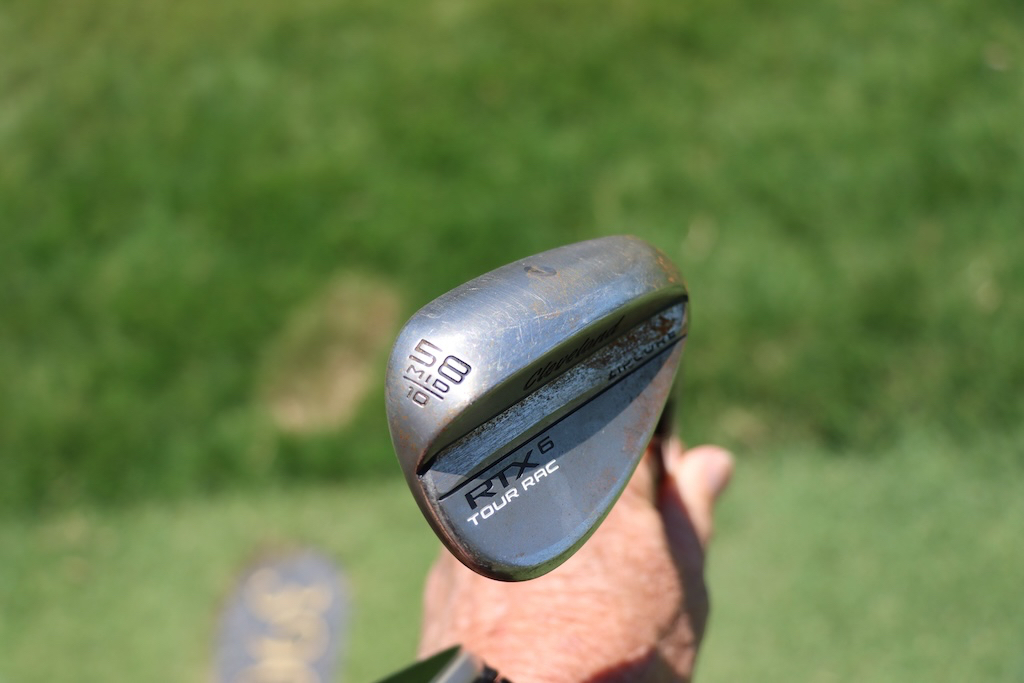
Putter: Scotty Cameron
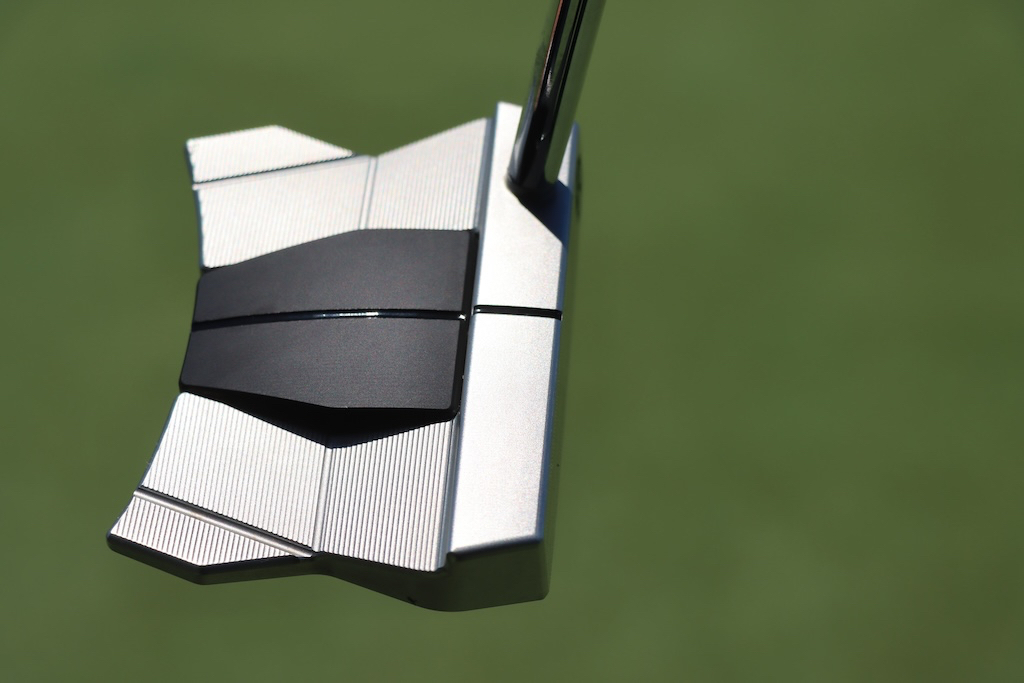
Grips: Golf Pride MCC Plus4
Check out more in-hand photos of Alejandro Tosti’s WITB in the forums.
- LIKE1
- LEGIT0
- WOW0
- LOL0
- IDHT0
- FLOP0
- OB0
- SHANK0
Whats in the Bag
Drew Brees WITB 2024 (April)
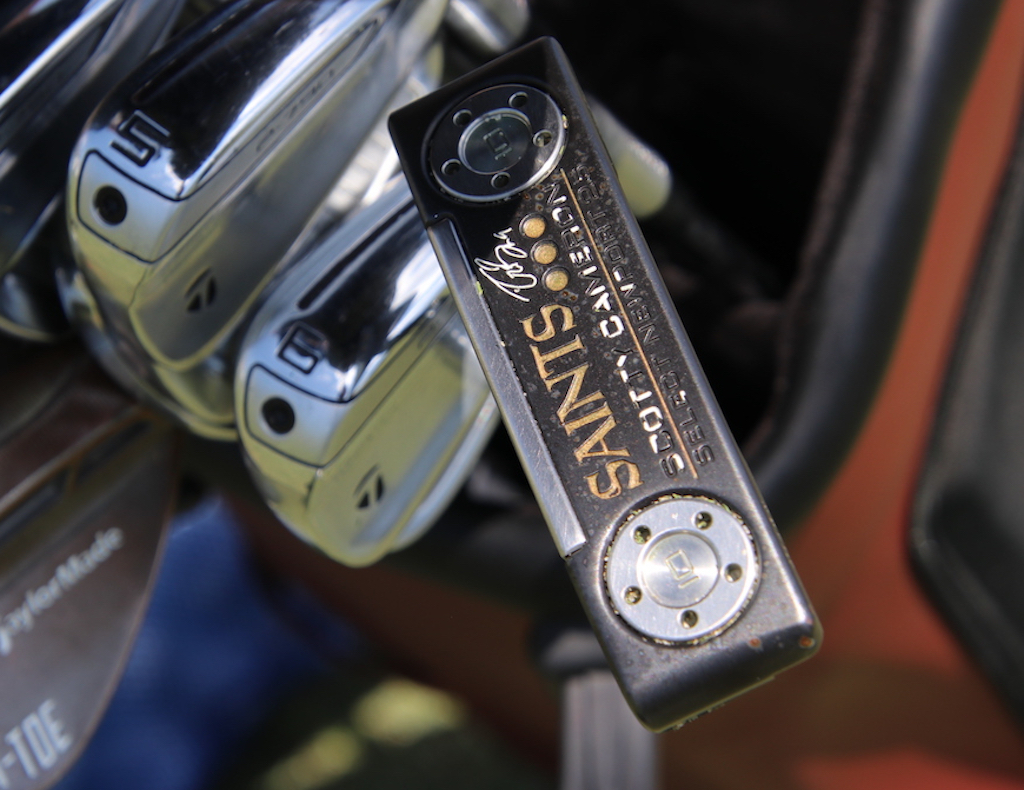
View this post on Instagram
Driver: TaylorMade Stealth 2 Plus (10.5 degrees)
Mini driver: TaylorMade BRNR Mini Copper (13.5 degrees)
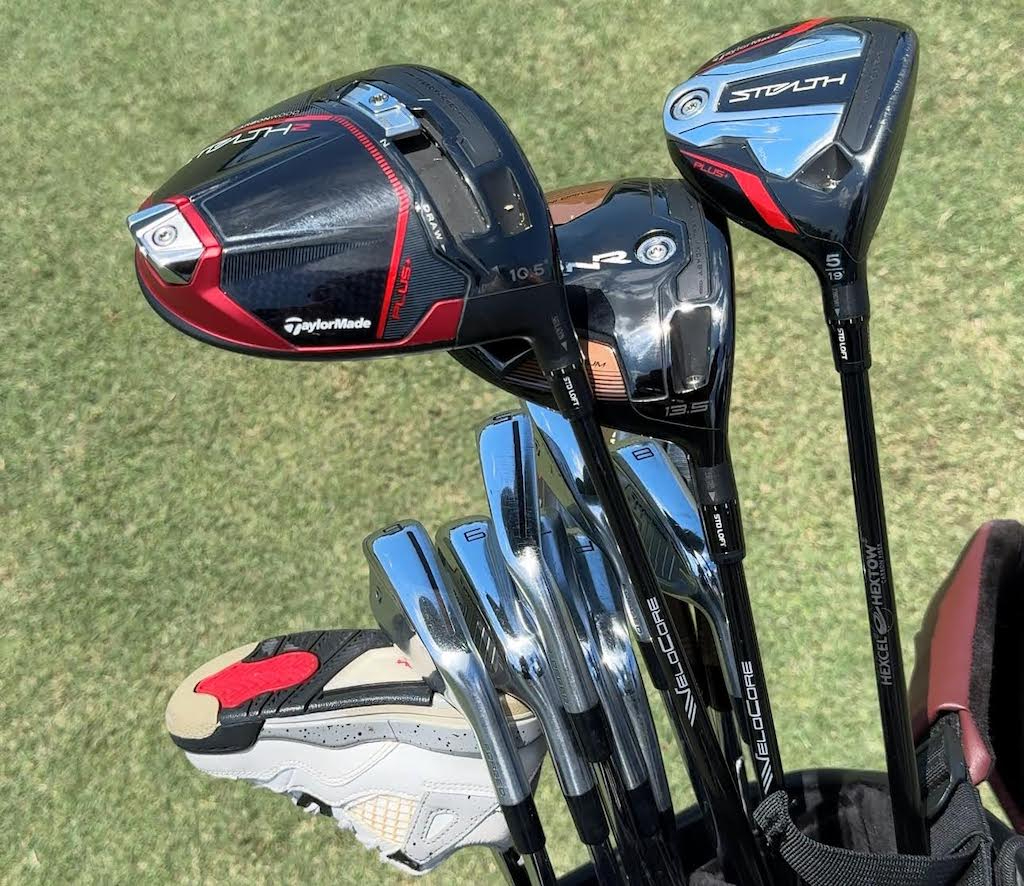
5-wood: TaylorMade Stealth Plus (19 degrees)
Irons: TaylorMade P790 (4-8, PW), TaylorMade P760 (9)
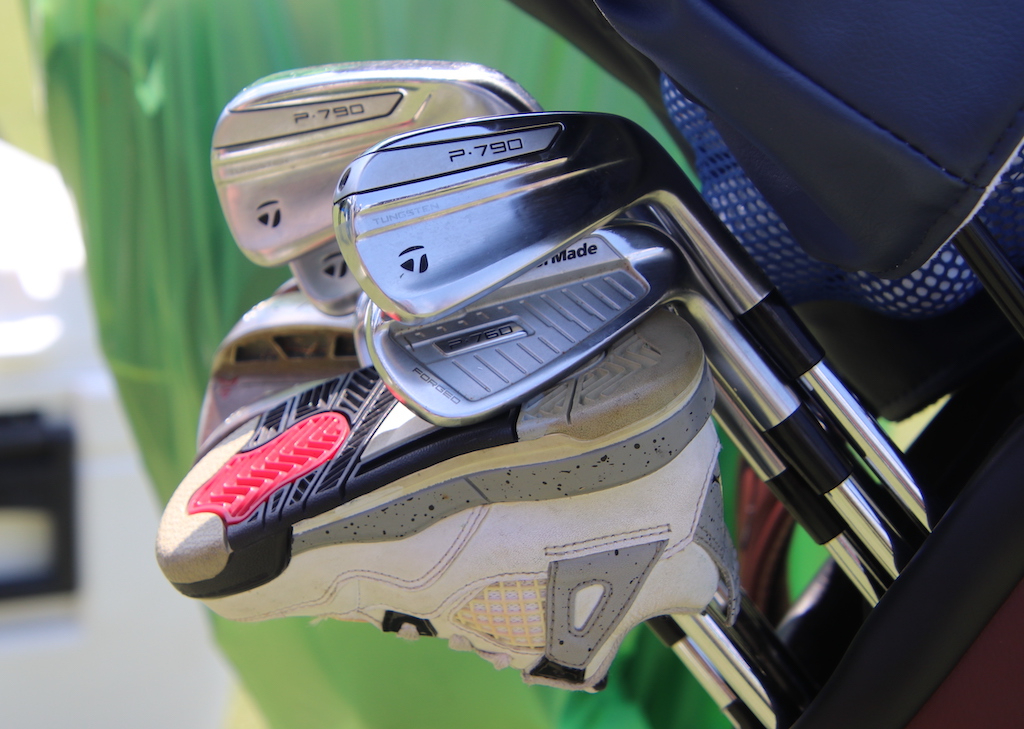
Wedges: TaylorMade MG Hi-Toe (52-09, 56-10, 60)
Putter: Scotty Cameron Select Newport 2 Prototype

Check out more in-hand photos of Drew Brees’ clubs here.
- LIKE0
- LEGIT0
- WOW0
- LOL0
- IDHT0
- FLOP0
- OB0
- SHANK0
-

 19th Hole2 weeks ago
19th Hole2 weeks agoDave Portnoy places monstrous outright bet for the 2024 Masters
-

 19th Hole3 days ago
19th Hole3 days agoJustin Thomas on the equipment choice of Scottie Scheffler that he thinks is ‘weird’
-

 19th Hole2 weeks ago
19th Hole2 weeks agoTiger Woods arrives at 2024 Masters equipped with a putter that may surprise you
-

 19th Hole3 days ago
19th Hole3 days ago‘Absolutely crazy’ – Major champ lays into Patrick Cantlay over his decision on final hole of RBC Heritage
-

 19th Hole2 weeks ago
19th Hole2 weeks agoTwo star names reportedly blanked Jon Rahm all week at the Masters
-

 19th Hole1 week ago
19th Hole1 week agoReport: LIV Golf identifies latest star name they hope to sign to breakaway tour
-

 19th Hole1 week ago
19th Hole1 week agoNeal Shipley presser ends in awkward fashion after reporter claims Tiger handed him note on 8th fairway
-

 19th Hole1 week ago
19th Hole1 week agoBrandel Chamblee has ‘no doubt’ who started the McIlroy/LIV rumor and why

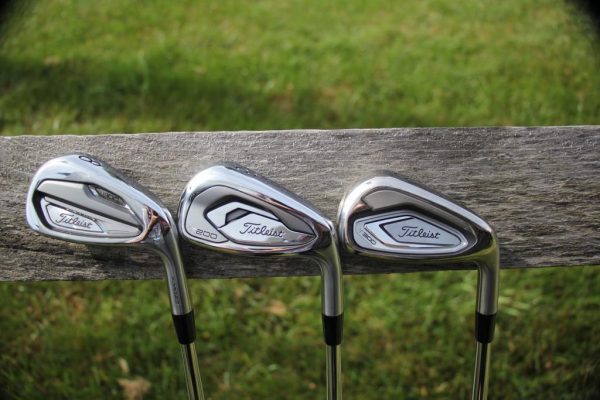
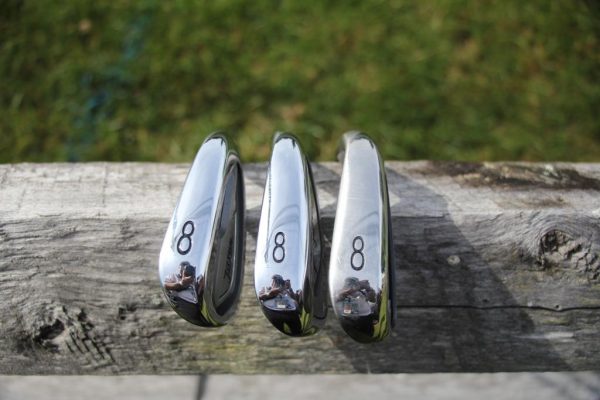
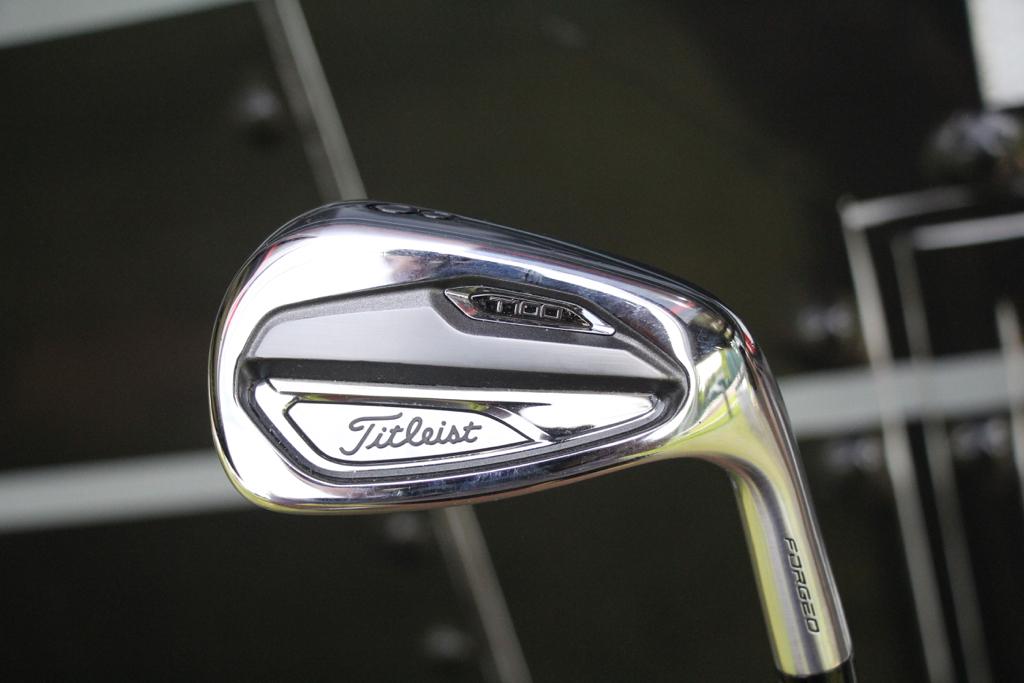

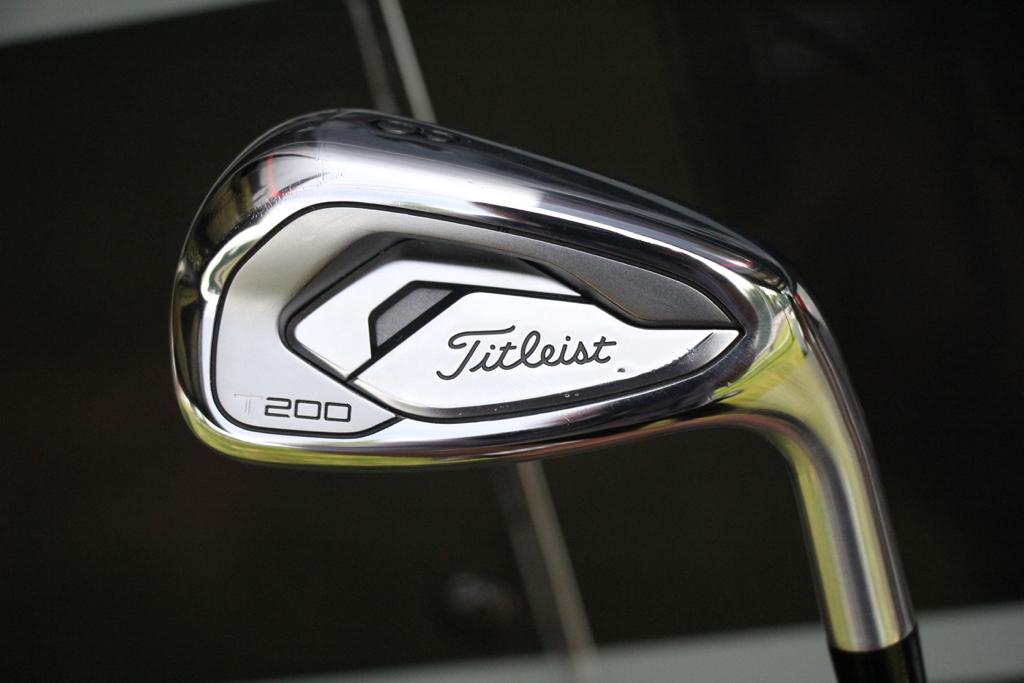




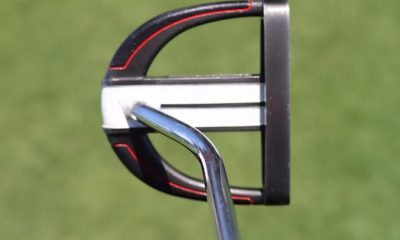



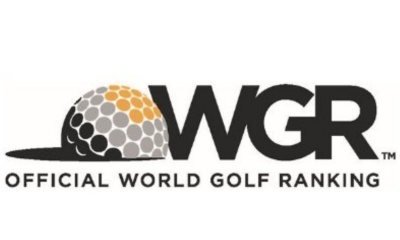



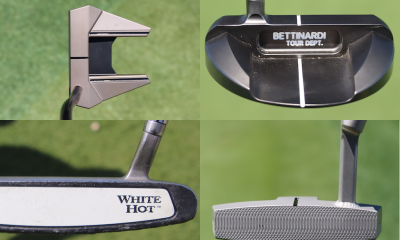

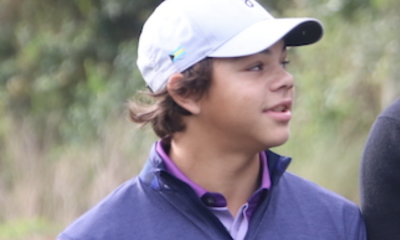

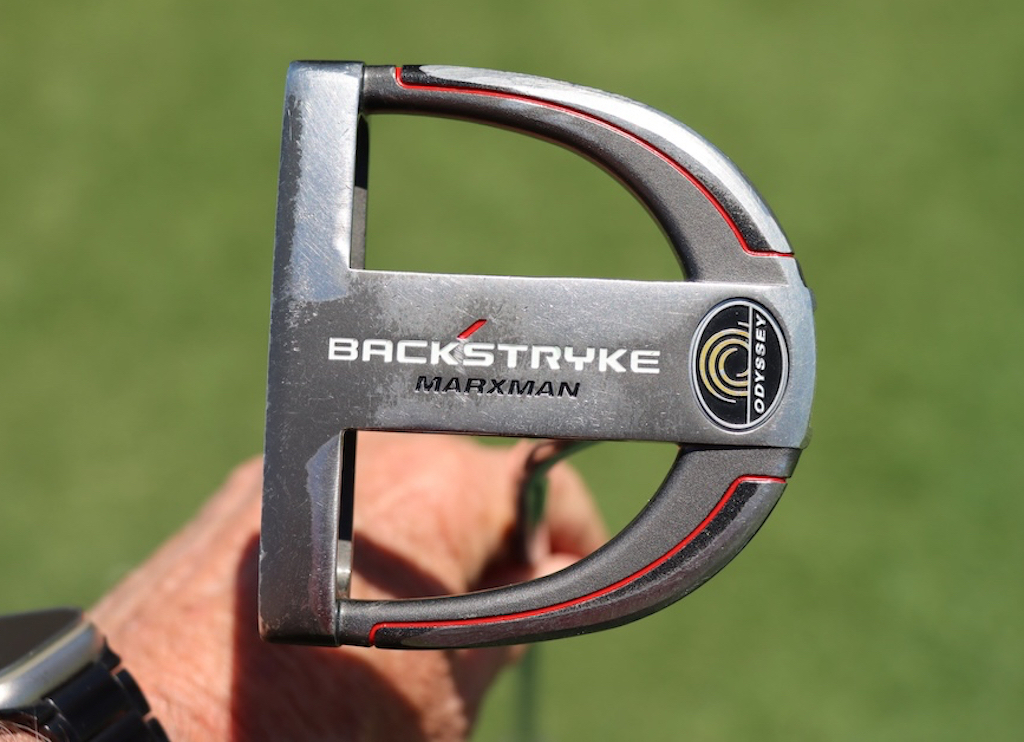









Pingback: Best irons in golf of 2022: Easiest to launch – GolfWRX
B LANEY
Aug 19, 2019 at 4:24 pm
Do you guys have an editor? If not, please hire one. The spelling and grammar errors across the site are sloppy very unprofessional.
bill
Aug 19, 2019 at 3:20 pm
whats the offset?
Nate
Aug 19, 2019 at 2:06 pm
You negate the question, but then don’t answer it – WHY does Titleist use these ridiculous loft angles!? PSA to anyone at Titleist – I was actually getting into the idea of getting these T200s, but when I see these loft angles, I just think that you guys are trying to fool us into thinking our X iron goes further than the competition and that makes me really not want to get these. Is there a reasonable explanation why??
Aztec
Aug 17, 2019 at 1:55 am
These are UGLY…
s
Aug 8, 2019 at 5:10 pm
Now that PW is a 150yd club, we will need to buy 5-6 Vokey wedges to fill the gap. Way to go, Titleist!
Pelling
Aug 8, 2019 at 6:31 am
Junk.
Bing Hogan
Aug 8, 2019 at 10:20 am
Yep, and embarrassing to have in the bag.
Bobby
Aug 7, 2019 at 8:32 pm
The T300 will be in my bag ASAP. AP1s were great. If these are better, sign me up.
Bing Hogan
Aug 7, 2019 at 9:43 am
Time to have a PW distance contest
Robstercsi
Aug 7, 2019 at 5:16 am
See you’ve changed the spelling of ‘descent’ now – no thanks needed, and best wishes, Rob
Mark
Aug 7, 2019 at 2:05 am
Dear Mr. Barath,
I have an interest in golf club technology but possess limited knowledge. Given your extensive knowledge, please would you be so kind as to explain what the terms “tour performance” and “tour iron” mean.
Yours appreciatively,
Mark B.
Kansaslefty
Aug 7, 2019 at 12:25 am
No thanks
Spyy
Aug 6, 2019 at 11:03 pm
One ugly set of irons, a huge glob stuck in cavity’s…….pitiful loony
Chuckies In love
Aug 6, 2019 at 10:41 pm
Oh look!! Fashion irons, the penny loafer and tie bar on a stick!
Brent
Aug 6, 2019 at 10:38 pm
I’d be interested in AP1 irons this fall, but not the new T300s. Ryan, any idea if both sets will be available for custom orders for a few more months, or only the new irons?
DJ
Aug 6, 2019 at 8:54 pm
I want the T300 11* one iron
dat
Aug 6, 2019 at 8:47 pm
Hideous
Curt
Aug 6, 2019 at 8:29 pm
Cool clubs. To much technology. Should be banned on tour. I’ll never understand why pros are so spoiled. Be like the MLB finally allowing metal bats. Just making the sport easier and easier every day. Personally do not believe modern pros are any better and every record breaker needs an asterisk *****.
Scott
Aug 6, 2019 at 5:57 pm
Mizuno MP 20 release is 9/5
Cc Shop
Aug 6, 2019 at 5:04 pm
Much better look in person. Plus I couldn’t argue with results. Current 718 Ap2 are two degrees strong loft and I was getting nearly identical distance and spin numbers out of the T100 at its stock loft. If your an AP2 player give the New CB a strong look. A little higher spin for me but feel and forgiveness was outstanding.
JCGolf
Aug 6, 2019 at 2:15 pm
Changing descent angle from 43 degrees to 45 degrees is a 4.6% difference. Not a 2% difference.
BettiBoop
Aug 6, 2019 at 1:50 pm
Those have to be the ugliest irons I’ve seen in a long time. All of them are just plain ugly.
duke
Aug 6, 2019 at 11:39 am
Beautiful clubs and T100 for me. Wow 43* PW. OEM’s are on a “pw loft” competition.